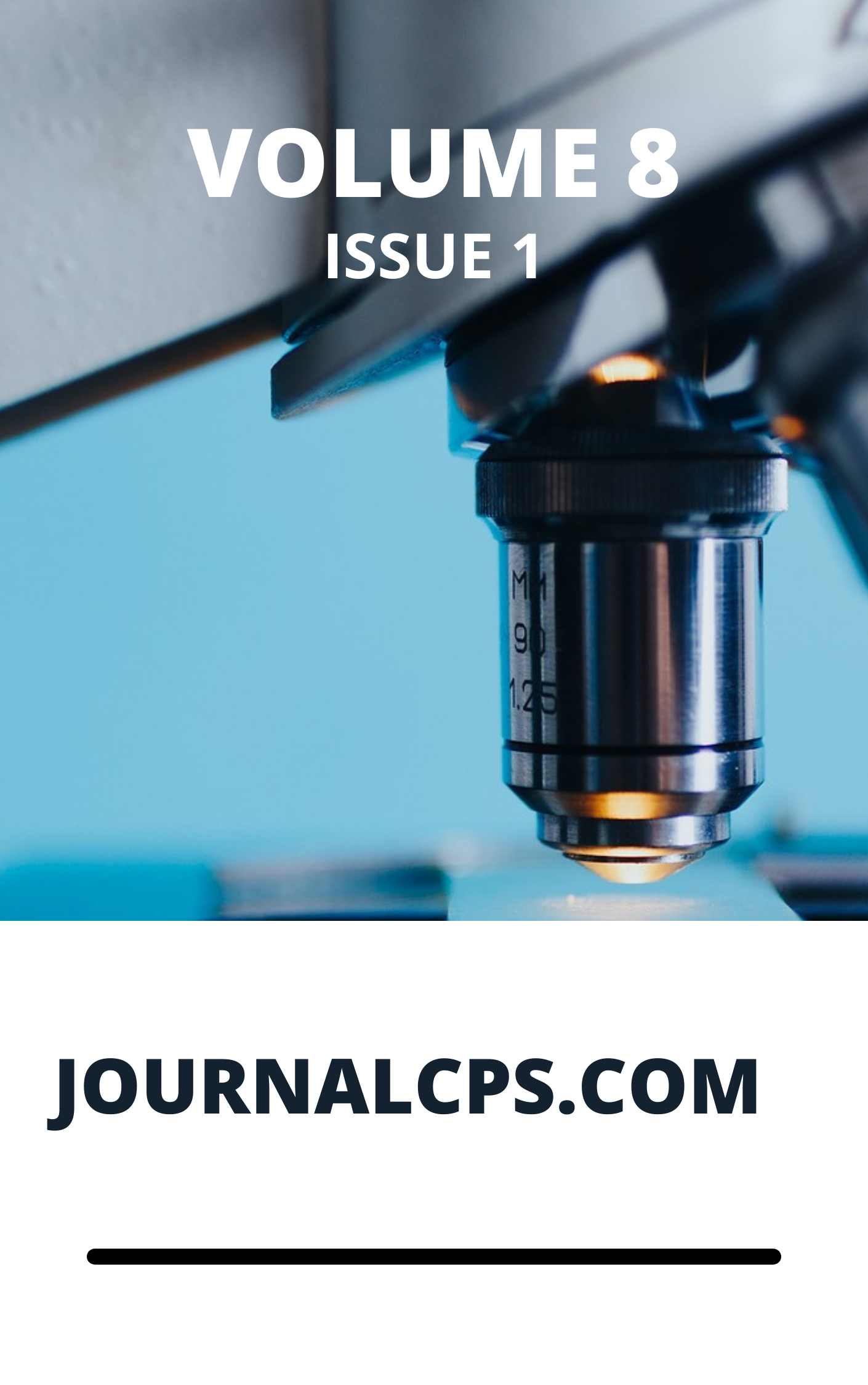Quality Assessment of Wastewater Released by Funtua Textile Limited, North Western Nigeria
Keywords:
Wastewater, Funtua textile, WQI, physicochemical parameters, NigeriaAbstract
Sani Uba, C. O. Nwokem, Divine C. Ikeh, O. S. Adeosun, K. Abel, M. M. Ruma, and L. N. Nwagu
This research is focused on the assessment of the levels of physicochemical parameters and Water Quality Index (WQI) of wastewater samples collected from Funtua Textile and its environment using standard analytical methods. The results obtained were compared to those of the world health organization WHO (2011) recommended levels. Some of the analysed physicochemical parameters were carbonate ion (CO32-), chloride ion (Cl-), calcium ion (Ca2+), nitrate ion (NO3-), total hardness (TH), colour and pH. The concentrations of CO32- , Cl-, TH, Ca2+ and NO3- were in the ranges of 317.7±5.6 (P10) to 498.0±1.6 (P1), 160.0±0.2 ) (P8) to 199.5± 0.6 (P1), 282.0±0.13 (P10) to 8837.9±0.2 (P7), 222.9±0.3 (P3) to 1518.2±0.00 (P1) and 44.1±0.3 (P9) to 57.9±0.30 mg/L, respectively. Those of pH and color were; 7.9±0.00 (P8 and P9) to 8.9±0.00 (P3) and 5.0±0.00 (P4, P7, P8, P9) to 60.0±0.0 0 (P1), respectively. Thus the concentrations of TH were found to be above the WHO (2011) permissible limit across the sampling points, while the levels of Cl- and pH were found to be within the permissible limit set by WHO (2011). However, the levels of CO32- and Ca2+ across the sampling points were above the recommended levels set by the Nigerian Industrial Standard (NIS, 2007). The levels of the physicochemical parameters analysed across the sampling points were in the following trend: P1>P3>P5>P4>P2> P6>P10>P7>P8>P9. The WQI recorded in this study was 61.58, this value falls into the poor category which is normally in the range of 51-75. Thus, the samples were found to be poor for use in both domestic and agricultural purposes unless subjected to further treatment. This is because, good quality water should be free from both chemical and biological contaminations, and must be acceptable in terms of color, taste, and odour. Generally, P1 was found to be the most contaminated and P9 the least contaminated. The results reveal that there was no significant difference in the levels of the analyzed physicochemical parameters at 95% (P< 0.05) confidence limit across the sampling sites. This clearly shows that the samples have a common pollution source.
Downloads
Published
Issue
Section
Most read articles by the same author(s)
- Sani Uba, Proximate analysis of Hibiscus mutabilis seeds obtained from Samaru, Kaduna State , Communication In Physical Sciences: Vol. 9 No. 1 (2023): VOLUME 9 ISSUE 1
- Sani Uba, Victor O. Ajibola, Oluwaseun S. Adeosun, Divine C. Ikeh, AbdulHameed. Mikail, Abel K. John, Murtala M.Ruma, Assessment of the Physicochemical Parameters, Geoaccumulation Indices and Contamination Factor of Sediments from Mairua Dam, Faskari Lga, Katsina Northwestern Nigeria , Communication In Physical Sciences: Vol. 7 No. 4 (2021): VOLUME 7 ISSUE 4
Similar Articles
- Uba Sani, Abdulkadir Ibrahim, Akande, Esther Oluwatoyosi, John, Oghenetega Mercy, Murtala, Mohammed Rumah, Assessment of Surface Water Quality in Zaria Metropolis: Implications for Environmental Health and Sustainable Management , Communication In Physical Sciences: Vol. 11 No. 3 (2024): VOLUME 11 ISSUE 3
- Gideon Wyasu, Determination of Bacteriological and some physicochemical properties of Hospital wastewater , Communication In Physical Sciences: Vol. 4 No. 2 (2019): VOLUME 4 ISSUE 2
- Kudamnya, Ebenezer Agayina, Godwin Inieke Joshua, Ochelebe, Ibu, Okon, Emmanuel Etim , Evaluation of the Hydrochemistry and Pollution Levels in Groundwater of Njahasang, Southeast Nigeria , Communication In Physical Sciences: Vol. 12 No. 3 (2025): VOLUME 12 ISSUE 3
- Vincent Oseikhuemen Odia-Oseghale, Joseph Odion Odia-Oseghale, Environmental Implications of Quarrying and Waste Management: A Case Study of Okhoro, Benin City , Communication In Physical Sciences: Vol. 12 No. 4 (2025): VOLUME1 2 ISSUE 4
- Itoro U. Okon, Eteyen A. Uko, Aniebiet M. Essien, Rachel S. Okon, H. H. Oronubong, Application of Moringa oleifera as a Natural Coagulant for the Treatment of wastewater from Bakery and Brewery Industries in Uyo, Akwa Ibom State, Nigeria , Communication In Physical Sciences: Vol. 7 No. 4 (2021): VOLUME 7 ISSUE 4
- Samuel Eguom Osim, Benefit Onu, Evaluation of Growth and Nutrient Profiles of Phaseolus vulgaris L. in Soil Treatment with Paint Waste Water , Communication In Physical Sciences: Vol. 8 No. 4 (2022): VOLUME 8 ISSUE 4
- Emeka C. Ogoko, Water Quality Assessment of Dug Wells in Lagos Island, Southwestern Nigeria , Communication In Physical Sciences: Vol. 4 No. 2 (2019): VOLUME 4 ISSUE 2
- Sani Uba, Victor O. Ajibola, Oluwaseun S. Adeosun, Divine C. Ikeh, AbdulHameed. Mikail, Abel K. John, Murtala M.Ruma, Assessment of the Physicochemical Parameters, Geoaccumulation Indices and Contamination Factor of Sediments from Mairua Dam, Faskari Lga, Katsina Northwestern Nigeria , Communication In Physical Sciences: Vol. 7 No. 4 (2021): VOLUME 7 ISSUE 4
- E. C. Ogoko, Pollution status of soil within the vicinity of Automobile mechanic workshops in Owerri Municipality, Nigeria , Communication In Physical Sciences: Vol. 4 No. 1 (2019): VOLUME 4 ISSUE 1
- Ibrahim Usman, Williams Nashuka Kaigama, Thankgod Daniel, Abu Emmanuel Benjamin, Assessment of Water Quality from Hand Dug Wells in Kurmin Siddi, Kaduna State , Communication In Physical Sciences: Vol. 5 No. 2 (2020): VOLUME 5 ISSUE 2
You may also start an advanced similarity search for this article.




